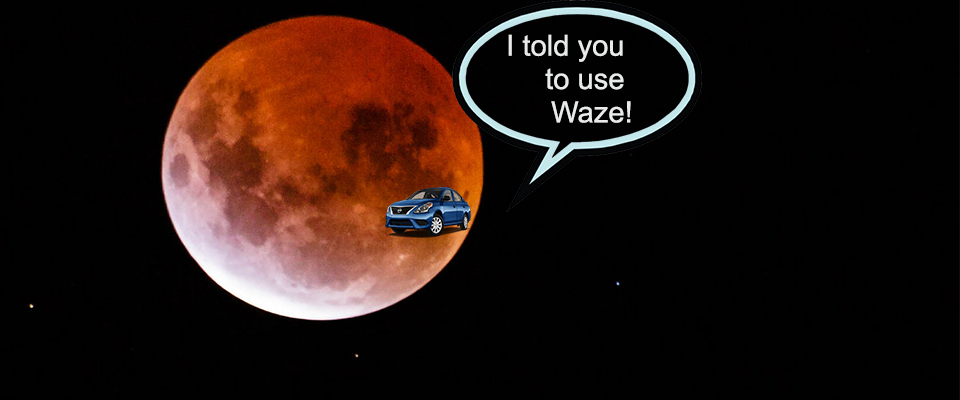Exit Yellen
“In a more just world,” writes the New Yorker’s John Cassidy, Fed chief (and Berkeley professor emeritus) Janet Yellen “would have been given a second four-year term, as most of her (male) predecessors were.” But it isn’t and she wasn’t. Meanwhile, Cassidy observed that, in his first State of the Union, President Trump took credit for a positive economic trend over which Yellen had primary responsibility.
In December we tried to assess Yellen’s legacy. Berkeley Haas Professor Andrew Rose gave this cautiously effusive assessment:
… there were no major financial crises during her term, and if something happens in the next six months, part of that will be on her. Also, the Fed chair is not a dictator. It’s a complex situation. There are other people, other agencies involved in monetary policy. But if you look at where we are now, she has been one of the most successful, if not the most successful, chairs in the Fed’s history.
Rose’s colleague at the business school, Ross Levine, concurred, “We had pretty much full employment, and inflation was right around two percent during Yellen’s term. That makes it very hard to say that she hasn’t been the most effective Fed chair ever.”
To Err Is Humen
Yellen, by the by, is married to Berkeley Professor George Akerlof, the Nobel Prize-winning economist whose name we have somehow managed to misspell in our last two issues—and in two different ways: Ackerlof and Akerloff. (We swear, we’re not gaslighting our Nobelists.) An abject apology to the wronged party got the following response: “No worries. Everyone misspells it. Always have. Always will.”
Not me. Not anymore. A-K-E-R-L-O-F.
Professor Akerlof has said of his wife and himself that not only do their “personalities mesh perfectly, but we have also always been in all but perfect agreement about macroeconomics. Our lone disagreement is that she is a bit more supportive of free trade than I.”
One of the few papers the power couple has authored together linked the decline in the custom of “shotgun weddings” and an increase in out-of-wedlock first births to the “technological shock” of the Pill and safer abortions. As summarized by Time Magazine, “They concluded that when pregnancy was preventable by women, men felt excused from any responsibility attached to the product of their sexual encounter.”
Can’t Win for Losing
Speaking of technology and unintended consequences, Alexandre Bayen, director of UC Berkeley’s Institute of Transportation Studies, explains how traffic apps actually make traffic worse in this video from the Berkeley News Center. He says that all of us are playing the game described by Nash’s Equilibrium, a game theory scenario in which non-cooperating players acting only in their own best interest inevitably arrive at a suboptimal outcome—like say, a traffic jam. But what if our various apps communicated and cooperated, routing some drivers one way, some along another parallel route, to achieve optimal flow? That is what Bayen and colleagues are now working on.
Lunacy
And finally … in the wee hours of the morning after the State of the Union address, it was as if some strange augury occurred as insomniacs and stargazers on the dark side of the Earth witnessed what even NASA took to calling the Super Blue Blood Moon (!!!); that is, the second full moon of the calendar month (the “blue” part), a slightly larger-appearing moon, because it is closer to us in its elliptical orbit (the “super” part), combined with a total lunar eclipse in which the moon appears red (the “blood” bit).
Why red? Because the light reaching it is filtered through Earth’s atmosphere in a phenomenon called Rayleigh scattering—the same mechanism that explains vibrant sunsets.
I personally rolled out of the sack long enough to take in the spectacle. It was not such much red, as reddish, sort of Mars-colored. A little ominous.
I couldn’t help but compare it to the experience of seeing the total solar eclipse this summer as part of a Cal Discoveries trip led by Berkeley astrophysicist (and devoted eclipse chaser) Alex Filippenko (another name that, come to think of it, I’ve misspelled on occasion). I wondered, did he, as a devoted umbraphile (as solar eclipse aficionados are called) go in for the lunar variety as well. Did he get up to watch the Earth’s shadow cross the moon?
I emailed the question and the answer came back from Nairobi, “Yes, I was up and watched it. Quite pretty, and to me the Moon looks more three-dimensional during a total lunar eclipse. But it’s nowhere near the exhilaration of a total solar eclipse.”
Filippenko added that his next total solar eclipse will be viewed aboard the cruise ship Paul Gaugin, near Pitcairn Island on July 2, 2019. “That will be number 17 for me, and I hope to continue my perfect record of success.”



















